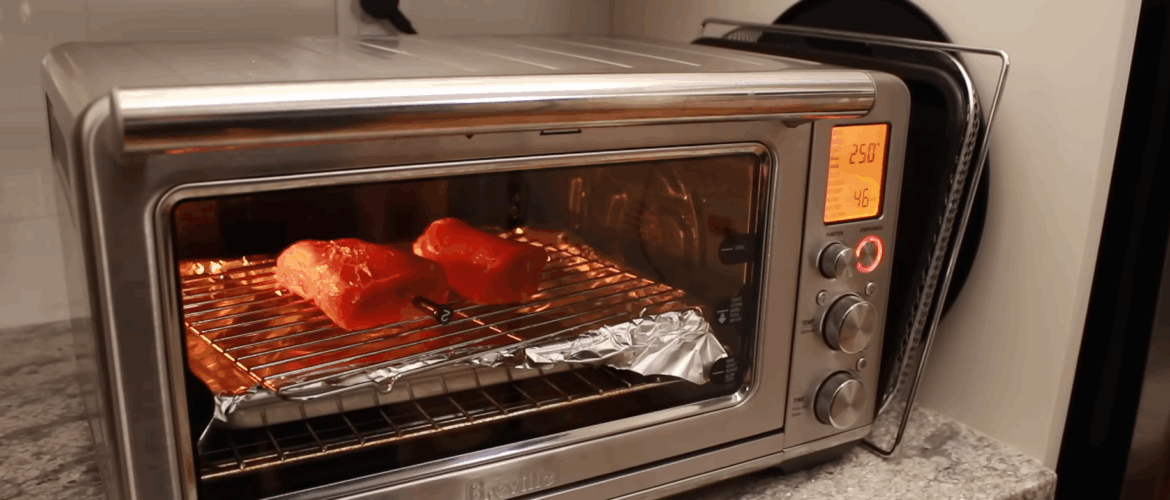When we think about equipping our kitchen, one question almost always pops up: Should we use a microwave or a toaster oven? Both appliances have their advantages, but it’s also worth asking which one is actually safer. In this article, we’ll walk through the most important differences together and see which appliance comes closer to the idea of “safe use.”
Why Do We Even Ask This Question?
Microwaves have been a household staple for decades. They’re quick, convenient, and can heat up almost anything in seconds. A toaster oven, on the other hand, has been gaining popularity because it’s more versatile and is often considered safer in certain situations.
But is that really the case? It all depends on what we mean by safety. Are we talking about health effects? Or about how likely we are to burn ourselves or start a fire in the kitchen?
How Do These Appliances Work?
The Microwave
Microwaves emit electromagnetic waves that make water molecules inside food vibrate. This vibration generates heat, warming food from the inside out. It’s quick, but sometimes uneven.
Important to know: the microwave radiation stays inside the appliance thanks to its metal walls and door. Under normal circumstances, it doesn’t leak out.
The Toaster Oven
A toaster oven works much like a traditional oven, just smaller. Heating elements warm up the air inside, which then cooks or reheats food. It’s simple, more natural, and often compared to baking in a regular oven—just on a smaller, faster scale.
Health Concerns
Many people worry about microwaves because they think of them as “radiation machines.” But microwave energy is not the same as radioactive radiation. It doesn’t change the chemical makeup of your food; it just heats it. As long as the door is intact and seals properly, there’s no real risk.
With a toaster oven, there are no such worries. Heat comes directly from the elements, which makes some people feel it’s inherently safer.
Bottom line:
Microwaves pose minimal health risks when used properly.
Toaster ovens have no electromagnetic concerns, which gives peace of mind to some users.
Burn Risks and Everyday Safety
When it comes to day-to-day kitchen safety, the picture looks different.
Microwaves usually don’t get hot on the outside. The real danger is with the food inside. Superheated liquids or unevenly heated dishes can cause burns when we take them out.
Toaster ovens, however, get hot on the outside as well. The door, walls, racks, and trays can all cause burns if touched accidentally.
So neither appliance is completely risk-free. Microwaves are riskier because of the contents, while toaster ovens are riskier because of their surfaces.
Fire Hazards
Here we see a bigger difference.
Microwaves can spark or even catch fire if we put metal objects inside—like a fork, spoon, or aluminum foil. But under normal use, fires are rare.
Toaster ovens are more prone to accidents: if placed too close to the wall, if paper or plastic gets inside, or if crumbs build up and ignite, a fire can start much more easily. That’s why toaster ovens demand more attention.
Energy Use and Safety
It’s not just about health—it’s also about our electric bill. Microwaves are usually faster and use less energy, especially for reheating. Toaster ovens take longer and consume more power.
Why does that matter for safety? Because the longer an appliance runs, the more chances there are for something to go wrong. Forgetting to turn off a toaster oven or leaving food inside too long can quickly become a problem.
Safety Around Kids
For families, this is a big deal.
Microwaves are generally safer with kids because the exterior doesn’t get hot. Only the food poses a risk.
Toaster ovens, on the other hand, are very risky for children since the door and outer surfaces get extremely hot.
So if there are young kids in the household, a microwave is usually the safer choice.
Food Safety – Protecting Our Stomachs
Let’s not forget: safety also means food safety.
Microwaves sometimes heat unevenly. The edges may be burning hot while the center is still cold. That can be dangerous if meat or fish isn’t fully cooked through.
Toaster ovens heat more evenly, reducing the chance of undercooked food. This makes them particularly useful when cooking things like chicken or seafood, where thorough cooking is essential.
Tips for Safer Use
With a microwave:
Never put metal inside!
Be cautious when heating liquids—they can suddenly bubble over.
Regularly check that the door seals properly.
With a toaster oven:
Always leave some space around it for ventilation.
Never leave it unattended, especially at high temperatures.
Clean it often so crumbs don’t ignite.
So, Which One Is Safer?
If the question is: “Are toaster ovens safer than microwaves?”, the answer is not a simple yes or no.
From a health perspective, toaster ovens may feel safer since they don’t use microwaves.
In terms of burns, microwaves usually win because they don’t heat up on the outside.
When it comes to fire hazards, microwaves are less risky.
For families with kids, microwaves are clearly the safer option.
In other words, there’s no absolute winner. It really depends on what safety factor matters most to us. If we’re worried about electromagnetic radiation, a toaster oven may feel more comfortable. If we want to minimize kitchen accidents, the microwave takes the lead.
Conclusion
Safety mostly depends on how we use these appliances.
Whether it’s a microwave or a toaster oven, the key is to stay alert, follow the rules, and use common sense.






